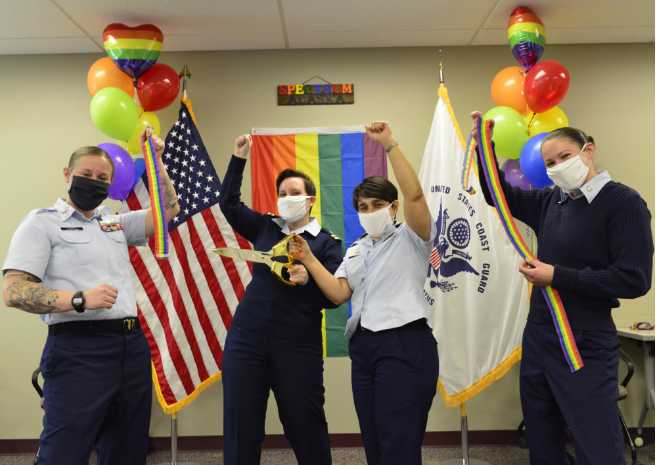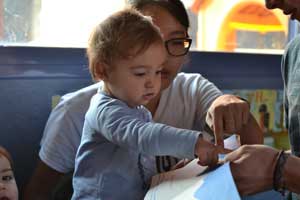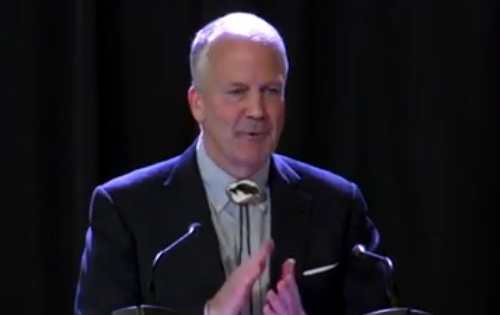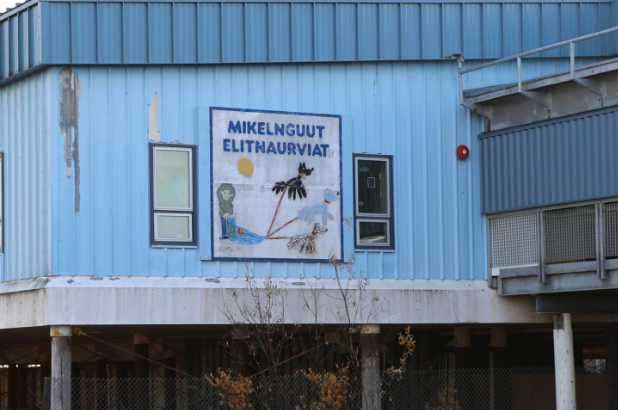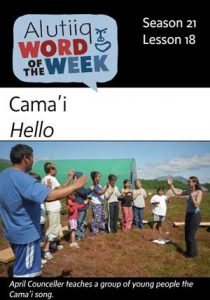 Cama’i—Hello
Cama’i—Hello
Cama’i, Sun’amek taimaunga.—Hello, I come from Kodiak.
Cama’i, a traditional Alutiiq greeting, is a friendly, welcoming word used much like the English term “Hi.” “Cama’i,” you might say as you meet a friend on the street or enter a room full of people. Alutiiq people continue to greet each other with this familiar word. To many it symbolizes pride in Native culture and a continuing respect for Alutiiq, the traditional language of the Alutiiq world.
Alutiiq is one of six Eskimo languages spoken in Alaska and Siberia. It is most closely related to Central Alaskan Yup’ik, the traditional language of the Bering Sea Coast, and speakers of Alutiiq and Yup’ik can converse easily. Within Alutiiq there are two distinct dialects and many smaller regional variations in vocabulary and word pronunciation. Residents of the Kenai Peninsula and Prince William Sound speak Chugach Alutiiq, while residents of the Alaska Peninsula and Kodiak Archipelago speak Koniag Alutiiq.
Today there are less than 150 fluent Alutiiq speakers, although many more can understand the language. Alutiiq communities are working hard to preserve their language. Speakers are helping to write dictionaries, develop teaching resources, and lead language classes, and many consider language preservation the most important goal of the heritage movement.
[content id=”35021″]

